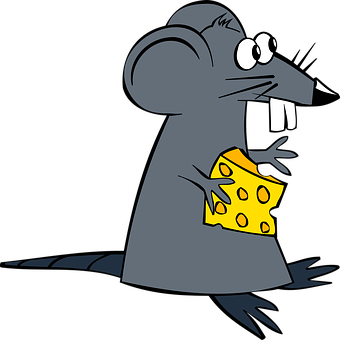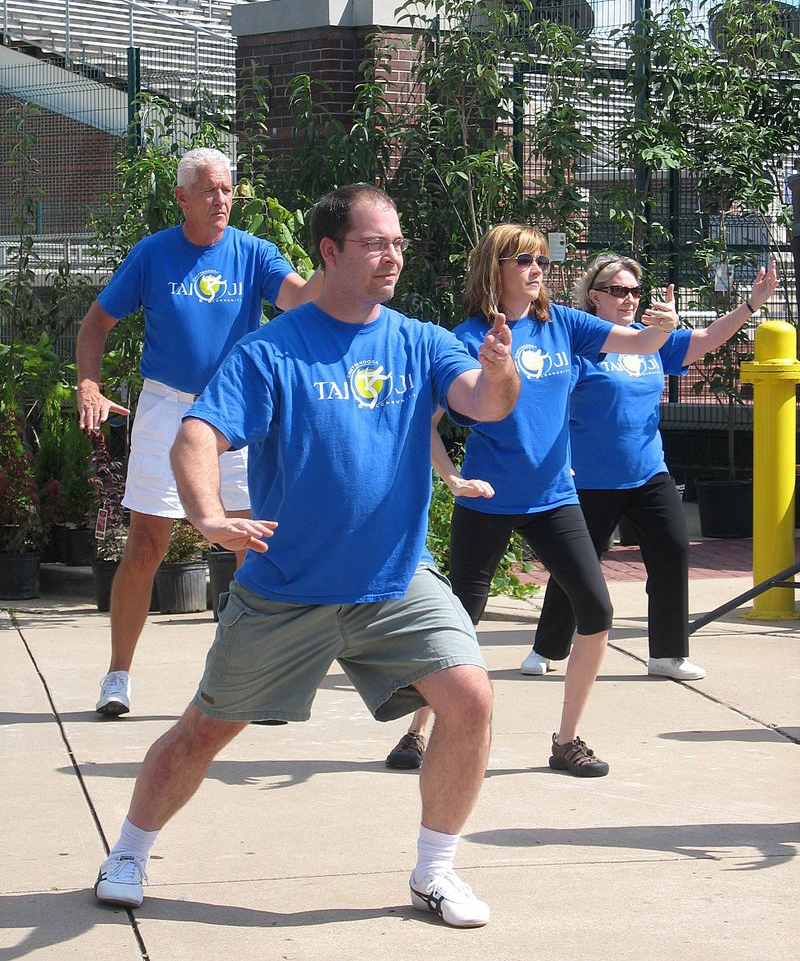Do Anti-Opioid Ads Hammer Home Wrong Message?
/By Pat Anson, Editor
People who take opioid pain medication are often accused of bad behavior – such as stealing, selling and diverting their drugs. Or being lost in a haze of opioid addiction.
Now pain patients are being depicted as self-destructive maniacs so hopelessly hooked on opioids they'll do anything for their next high.
Four government-sponsored ads released this week by the White House feature young people who deliberately and violently injure themselves to get opioid medication.
All four ads are cringe worthy.
Kyle smashes his hand with a hammer.
Chris breaks his arm by slamming a door on it.
Joe breaks his back when he crawls underneath a car and lets it fall right on top of him.
“They gave me Vicodin after my knee surgery," says Amy in the 4th ad. "They kept prescribing it, so I kept taking it. I didn’t know it would be this addictive. I didn’t know how far I’d go to get more."
Amy then unbuckles her seat belt and drives her car into a garbage dumpster.
“Opioid addiction can happen after just five days. Know the truth, spread the truth,” an announcer solemnly warns.
The White House Office of National Drug Control Policy partnered with the Ad Council and the Truth Initiative to launch “The Truth About Opioids” campaign. The four 30-second ads are based on real life stories.
“After testing 150 different messages, we are all excited to launch four hyper-realistic ads that show true stories — not fictionalized and not embellished — true stories of four young adults who took extreme measures to get more prescription pills in order to feed their addiction,” said White House counselor Kellyanne Conway.
“The goal is for other young adults to see these ads and ask themselves how they can prevent their lives and others’ lives from going down a similar path. We hope these ads will spark conversation to educate teens and young adults to talk to their doctors about alternatives to opioids.”
The White House was vague about when and where the ads will run, and dodged questions about how much the campaign will cost taxpayers. Most of the productions costs and airtime are being donated by Facebook, YouTube, Google, NBCUniversal and other media partners.
Like the CDC’s recent Rx Awareness Campaign, the four commercials focus exclusively on opioid prescriptions, while ignoring the rising death toll taken by illicit fentanyl and heroin. It is also rare for anyone to become addicted to opioid medication after a few days, as the ads suggest.
A recent report by the Substance Abuse and Mental Health Services Administration (SAMHSA) warned that fentanyl and other black market opioids are now involved in more fatal overdoses than opioid medication. Drugs used to treat depression and anxiety are also linked to more deaths than painkillers. SAMHSA said that “widespread public health messaging is needed” about the rapidly changing nature of the overdose crisis.
Why then the continued focus on pain medication?
“The fact is that the greatest amounts of misuse are happening among 18- to 24-year-olds. Almost 6 million young people a year get prescribed opioids. They are initiated into this. And we know that most long-term heroin addiction starts among young people through a first experience with opioids. So that is what we’re focusing on here because there is great need,” said Robin Koval, CEO and President of Truth Initiative.
But a recent study of high school heroin users found that most abuse a wide variety of substances – not just painkillers. Alcohol was the most common drug abused, followed by marijuana, ecstasy, LSD and other psychedelics, cocaine, amphetamines and tranquilizers.
“The Truth About Opioids” campaign makes no mention of those other drugs.
"It may be inadequate to focus on heroin and opioid use in isolation,” said lead author Joseph Palamar, PhD, a professor of population health at NYU School of Medicine. "A deeper understanding of how heroin users also currently use other drugs can help us to discern better prevention measures."













